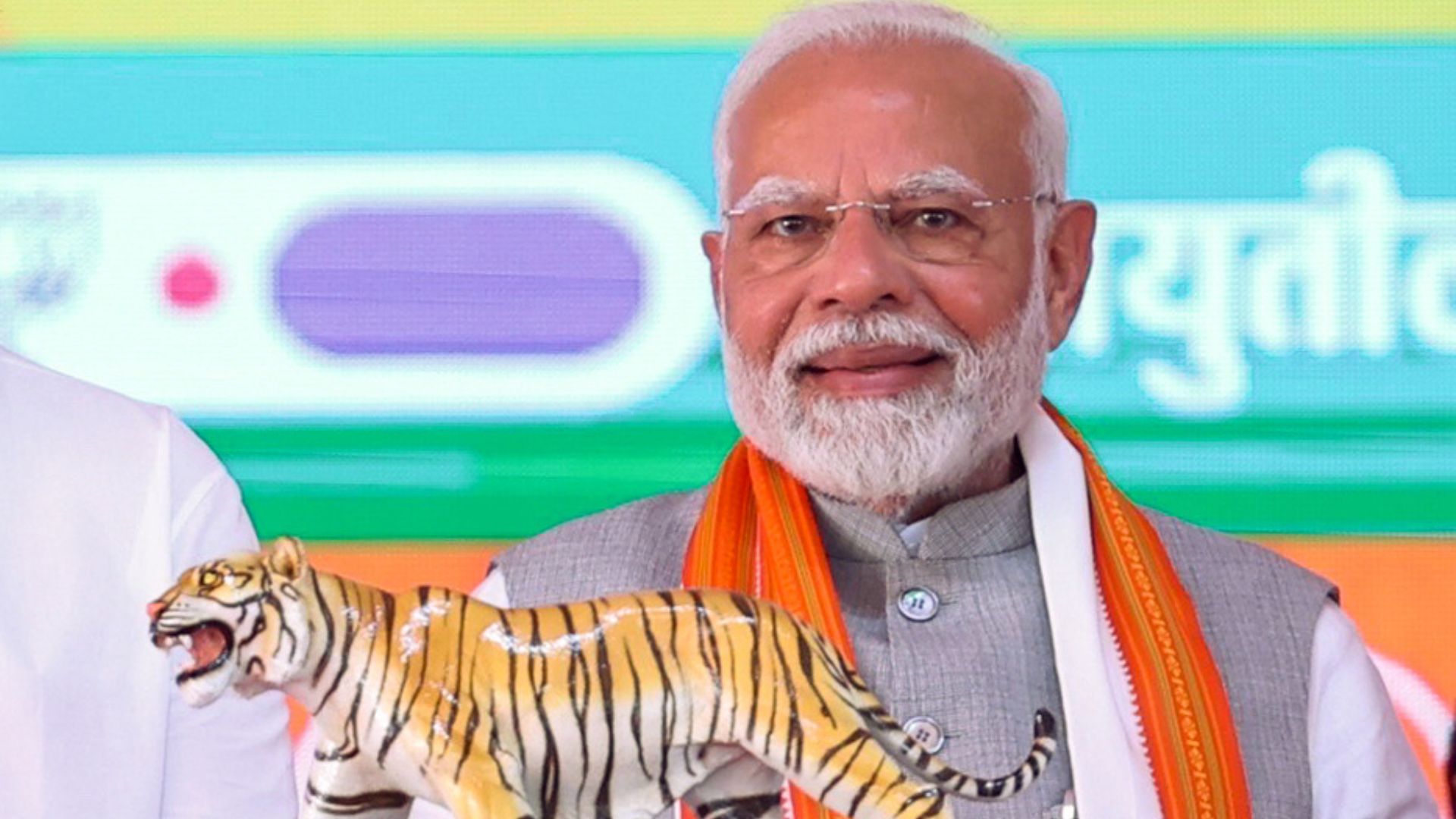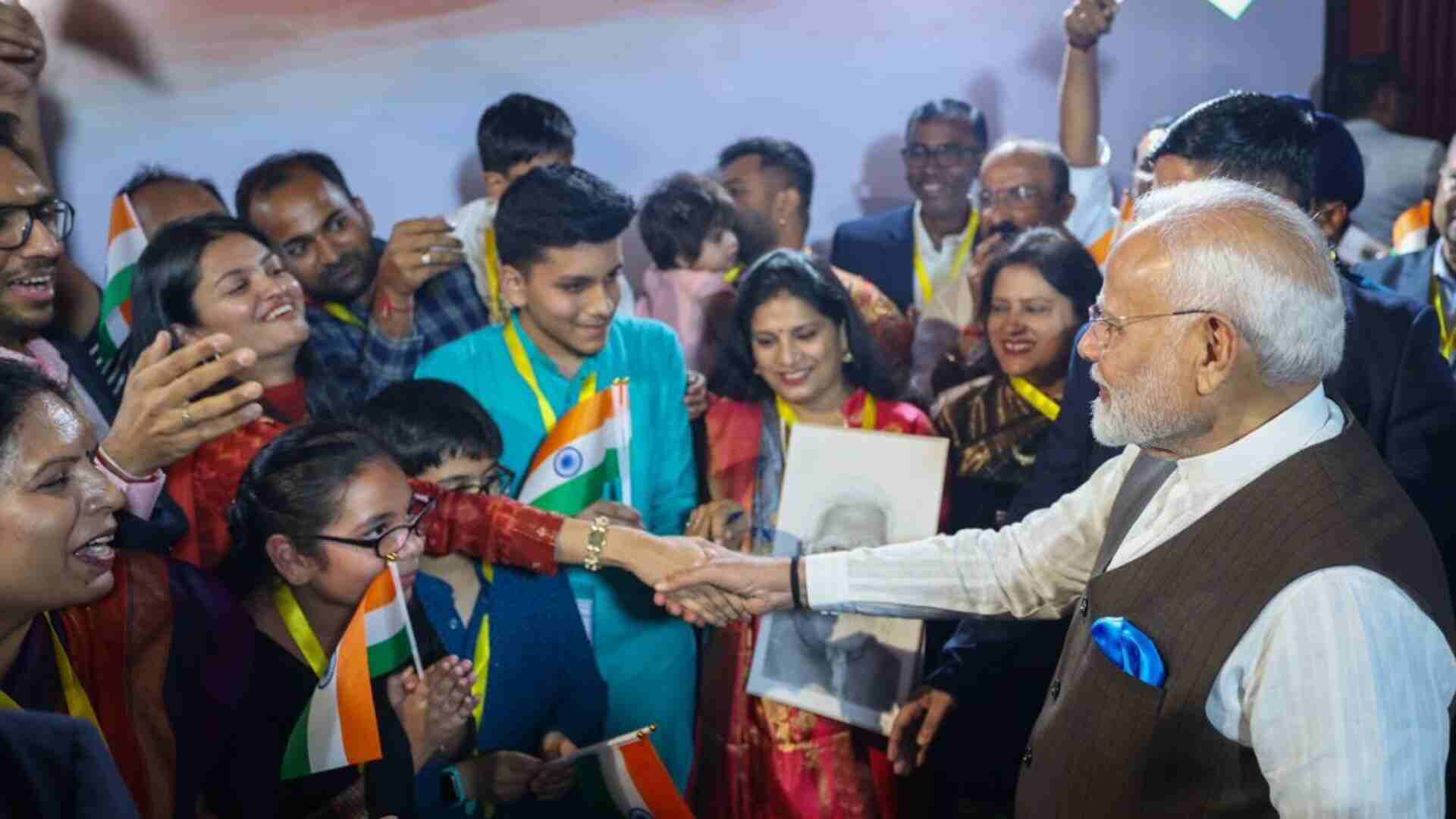
Sanjai Banerji deals with sensitivity and understanding in his book, “The Mountaineering Handbook (Essential Knowledge, Skills, and Techniques)”. The author’s approach has been more practical than theoretical. He has laid emphasis on being physically fit before embarking on any form of climbing on rock, snow, or ice. His detailed programme to enable one to run 10 kilometres within 3 months of training and the demonstration of illustrated exercises are commendable.
The exercises have been curated by him and adeptly demonstrated by two of his mountaineering colleagues, Abhishek Gaikwad and Lucky Menka Gunjyal, over a series of 24 photographs representing strength-training and developing a strong core for flexibility, agility, and stability.
The author’s study of the limits of human endurance has helped him to lay emphasis on the critical aspects of mountaineering, like high-altitude acclimatization, acute mountain sickness, cold injuries, and survival techniques in the mountains, which are very detailed.
His commitment to a cleaner environment in the mountains endears him to conscientious climbers, who, like him, are respectful of their surroundings, such as the principles of leaving no trace, the dos and don’ts of mountaineering, climate change, camp sanitation and hygiene.
The chapter on climate change has been written by his son, Sujai Banerji, and daughter-in-law, Anubhuti, who are both currently undergoing doctoral and post-doctoral programmes in Finland on climate change and pollution, respectively. There are a number of very technical aspects of climbing related to rock, snow, and ice. The author has taken up the challenge of writing with aplomb on techniques like belaying, rappelling, anchoring, jumaring, self-arrest on snow slopes, and glissading, in a very easy-to-understand manner.
The author’s chapter on admission to mountaineering institutes makes for interesting reading with names of institutes, eligibility conditions, admission procedure, medical parameters, and a 28-day itinerary of the basic course. He has also gone into details on the practical needs of the novice climber like map reading, weather, mountain hygiene, conservation of the environment, types of climbing ropes, packing of the rucksack, river crossing, mountain ranges of India and many other aspects.
There are a few features in the book which readily connect the readers with the author, like his pictures of mountaineering colleagues and the fact that the special chapter on, ‘The Everest Dream’, comprises the stories of four Everest summiteers, who are all known to the author. There are some very interesting illustrations under the chapter on “Survival on the Mountains” on testing an edible plant, improvising snow goggles, lighting a fire with a single match-stick, carrying a fire and measuring daylight using the hand.
The chapter on “Avalanches and Snow Rescue” teaches us how vulnerable we can become on this planet. Both the sections on avalanches and snow rescue are very detailed. The avalanche section begins with the five types and then leads onto the factors effecting avalanches and lastly to the triggers and safety aspects. The snow rescue section deals with the different types of equipment and several forms of rescue.
I particularly liked the chapter on “First Aid Kit”, which I surmised could be useful to just about anyone requiring a first aid kit, whether travelling on a road trip, holiday abroad, or on a short business trip. The list is quite exhaustive, comprising equipment, dressings, and medication for different ailments like allergies, altitude sickness, insect repellents, fever, skin and eye and dental problems, indigestion, nausea, dehydration, pain, diarrhea, and types of antibiotics and disinfectants. There is plenty of scope to curate a customised list using this list as a benchmark.
The cover of the book is very attractive, colourful, and eye-catching. Moreover, there are three Everest Summiteers who are on the Book Advisory Panel, consisting of Ankur Bahl, Sangeeta Bahl, and Ratnesh Pandey. Ankur Bahl, one of the author’s school batch-mates, who summited Everest in 2016 at the age of 56, has written the foreword. In Ankur’s very own words, “Whether he or she is a trekker or a novice climber, who wants to climb higher, or a veteran climber wanting to brush up on the technicalities of the wilderness, this book will cater to both categories.”
The preface has been written by Ratnesh Pandey, who summited Everest in 2016 as a 31-year old and is a good friend of the author’s.















